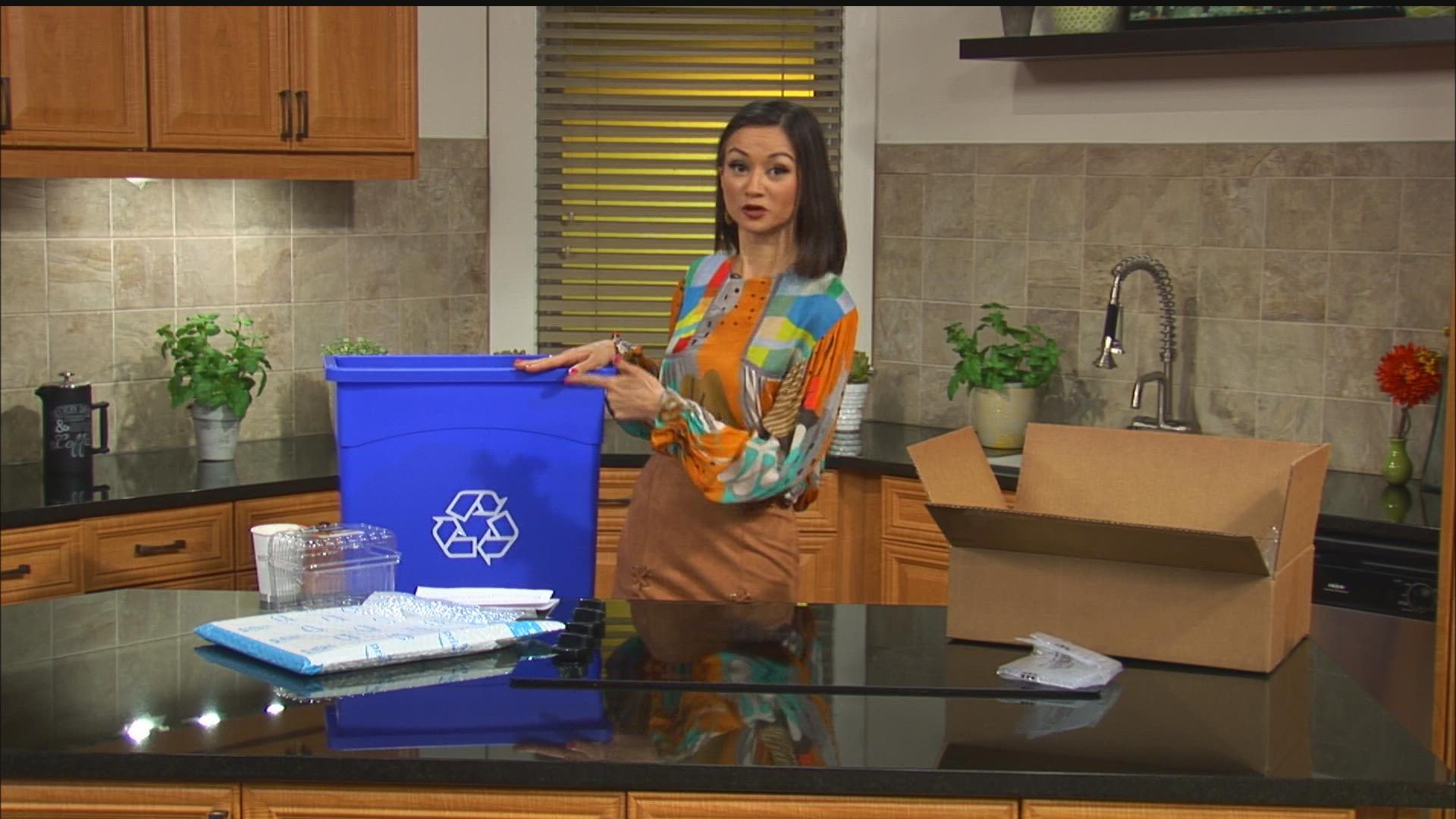WASHINGTON — A symbol called a “mobius loop” or the “chasing arrows” is universally recognized as a sign to recycle.
Many people assume that a product being stamped with that symbol means it can be recycled. But in reality, it represents the environmentally-conscious adage, “reduce, reuse, recycle,” but it doesn’t actually mean all three apply.
We took the question of how to verify whether an item is recyclable straight to the experts.
THE QUESTION
Does the chasing arrows symbol mean something is recyclable?
SOURCES
- Sarah Dearman, Vice President of Circular Ventures with The Recycling Partnership
- The Montgomery County, Maryland, Division of Solid Waste Services
- The Federal Trade Commission
- The EPA
THE ANSWER
No, the symbol is often found on materials that are not widely recyclable, or are actually made from recycled materials.


WHAT WE FOUND
The FTC has guidelines on how to market recyclable materials, but it’s on the manufacturers to follow them, and it doesn’t regulate the use of the three-arrow symbol.
In fact, some versions of the chasing arrow are only meant to show the item is made in part with recycled materials, not that it’s still recyclable (think some paper products like disposable coffee cups or paper towels).
Aluminum cans, glass bottles, clean unlaminated paper, for example, the EPA says those are all typically a safe bet for the “single-stream” recycling bins you’ll find around town.
Plastic, though, makes for a trickier toss. The arrow symbol typically surrounds a number, and together the icon is known as the “resin identification number.”
“That's actually just telling you what the material is, it's telling us what type of plastic it is, not necessarily that it's recyclable,” said Dearman.
In our region, different waste management systems are equipped to recycle different types of plastics. You can find Loudoun, Fairfax, Arlington, Montgomery, and Prince George's Counties, plus Washington D.C.'s recycling lists online.
“The U.S. recycling system is a little complex,” said Dearman. “It's really made up of 9,000 separate districts, including counties and cities and other municipalities.”
However, it also means you’ll find the symbol on materials that are not widely recyclable. For example, many foam containers are type six, which is typically not accepted at recycling facilities. Type four can be recyclable, but if it’s used in a plastic bag, wrap, or bubble mailer, you’ll probably have to find a special collection bin, like at a grocery store.
“That's really great so that it can go be recycled,” said Dearman. “But if it goes into your curbside recycling cart, then it can actually mess up their equipment.”
Items may also be made up of different types of plastics—some recyclable, some not. Dearman says that along with the chasing arrows, look for a “how to recycle” label from the manufacturer.
“For example, this package,” she said holding up a soap container, “you actually need to take this pump off before you put it in the recycling bin. It probably has the metal and other materials, they don't want getting mixed in with the plastic. So looking for that clear messaging, like the ‘how to recycle’ label, is always going to be your best bet.”
While you may have to think before you toss, when you do, you’re thinking of the planet.
“Our research shows that 88% of people support recycling. That's exciting. But we do have to make this information more easily available and make sure that it's not too confusing,” said Dearman.

